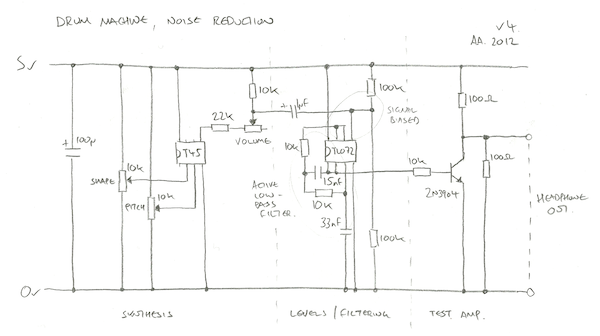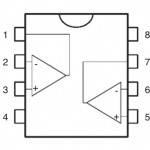I’ve been off the blog for a while but I have lots of projects on the go and I’m going to have to park some for a few months so this is more a note-to-self so I can catch up in Spring.
I’ve had lots of ideas for rhythmic eurorack modules in mind for a while. I want to create rhythmic frameworks that can be used in live jams, I’m not sure if it’ll work but the modules should be interesting, including lots of the more deeply hooky sounds like polyrhythm and extreme swing. Here’s one in progress called ‘PipSeq’ (or PipSqeq? Working title anyway):
It’s a minimal sequencer using an AVR but it’ll have a lot of strange features for experimentation. After this video I was hoping to crack on with the software to get the polyrhythmic/phasing functionality working but there are a few fundamental hardware issues to sort out first. I’ve found a better LED driver solution and I want to put decent comparators on the inputs. On hold for now but watch this space!









